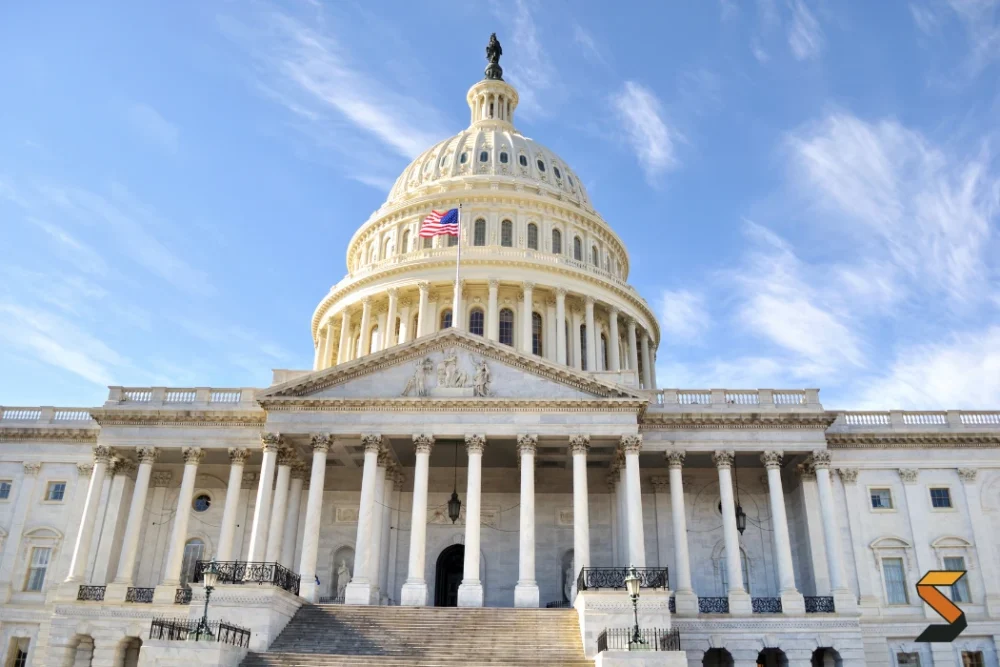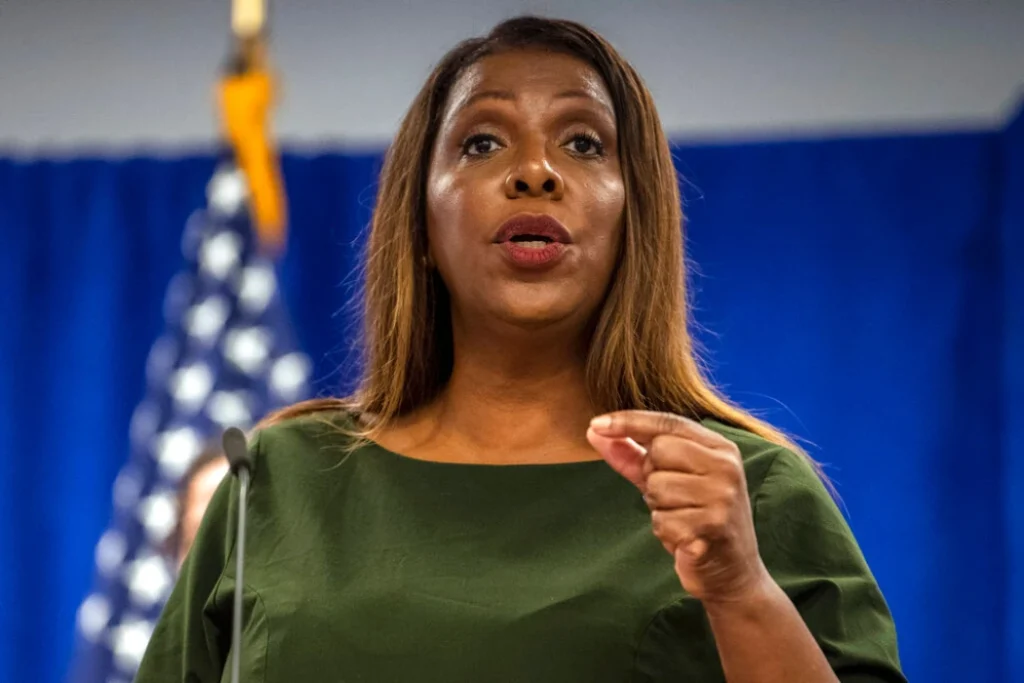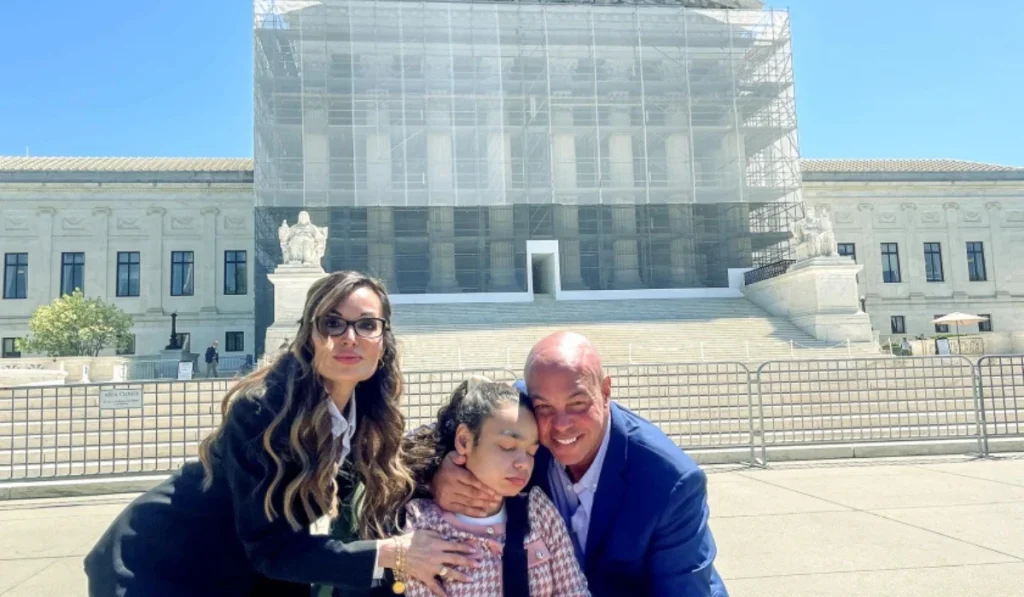Just weeks before the new academic year, the Trump administration has withheld the release of more than $6 billion in federal education grants, creating what education leaders are calling a catastrophic and cruel betrayal of students.
For communities in New York and states like Missouri, this is not a distant political headline; it’s an imminent crisis threatening after-school programs, support for English language learners, teacher training, and more. This move, executed with a vague explanation of reviewing programs to align with “the President’s priorities,” has introduced a level of chaos and uncertainty that our schools, teachers, and especially our children, cannot afford.
New York on the Brink: $464 Million in Student Services Frozen
Here in New York, the numbers are staggering. The U.S. Department of Education is holding back $464 million in grants designated for our state’s public schools. According to a recent report from WXXI News, the freeze directly impacts:
- $210 million in Title IV funding, which is the primary source for 21st Century Community Learning Centers that provide critical before- and after-school enrichment and a safe haven for children of working parents.
- $126 million in Title II-A funding, money that is essential for the professional development and training of our teachers and school leaders.
- Funds for English language learning services, migrant education, and adult literacy programs, all of which are lifelines in our diverse communities.
While the New York State Education Department has assured districts that summer programming is not immediately affected due to prior funding resolutions, they expressed grave concern over the “vague allusions” used by the federal government to justify the delay. This uncertainty forces districts into an impossible position: pause hiring, delay program planning, and create contingency plans for devastating cuts.
Jodi Grant, executive director of the Afterschool Alliance, told The New York Times the freeze is “catastrophic” for the 1.4 million students nationwide who rely on these programs, many of whom have no other source for childcare or academic support.
A Devastating Blow to the Heartland: The View from Missouri
The impact of this freeze is not confined to the coasts. In Missouri, the consequences have been swift and brutal. An Education Week report highlighted the immediate fallout, noting that the Laclede Literacy Council in Missouri was forced to lay off 16 of its 17 staffers after the administration withheld $715 million nationwide for adult education.
This is a stark reminder that federal funding is not an abstract concept; it translates directly into jobs, services, and opportunities for community members. The freeze disproportionately harms districts with high concentrations of students of color and students from low-income families. A New America analysis found that among 9,000 districts studied, those with more than 25% of students in poverty are losing, on average, 5.1 times more money per pupil than more affluent districts.
Who is Most Affected?
While the administration has stated that core funding for programs like Title I (supporting low-income students) and the Individuals with Disabilities Education Act (IDEA) is not impacted by this specific freeze due to being “forward-funded,” the current crisis targets other vital streams that are essential for a well-rounded and equitable education:
- English Language Learners: Title III funds, now frozen, are used to hire translators, train teachers, and provide the outreach necessary to connect immigrant families to their school communities.
- After-School & Summer Programs: Title IV-B (21st Century Community Learning Centers) is the backbone of out-of-school-time programming, which is proven to boost academic achievement and keep kids safe. The Boys and Girls Clubs of America warned that if the freeze continues, as many as 926 of its clubs could close, impacting over 220,000 children.
- Teacher Quality: Title II-A grants allow schools to invest in their educators through high-quality training and professional development, which is directly linked to improved student outcomes.
This freeze creates a climate of instability that could not come at a worse time. Schools are already grappling with teacher shortages and the lingering academic and mental health effects of the pandemic. As Senator Patty Murray of Washington stated, “Every day that this funding is held up is a day that school districts are forced to worry about whether they’ll have to cut back on afterschool programs or lay off teachers instead of worrying about how to make sure our kids can succeed.”
For parents, educators, and leaders in New York, the message is clear. Our schools are on the front lines of a funding battle with severe and immediate consequences. We must demand transparency, advocate for the immediate release of these congressionally-approved funds, and stand united against actions that threaten the education and well-being of our children. The future of our communities is educated in our classrooms, and those classrooms must be supported.





